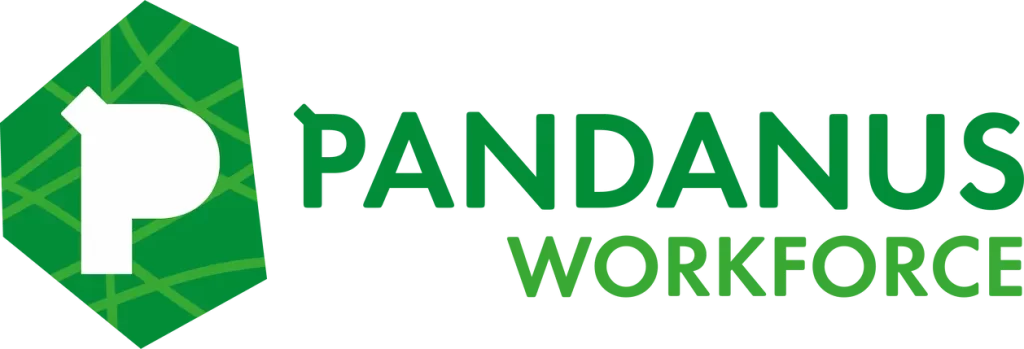
Aboriginal Business
‘Tiwi Lore Man’ calls for integrity in Aboriginal recognition debate
Peter Babui-Remfrey rejects “insulting” claims over cultural identity and intent A Northern Territory business leader who grew up among the Tiwi people has spoken out…






